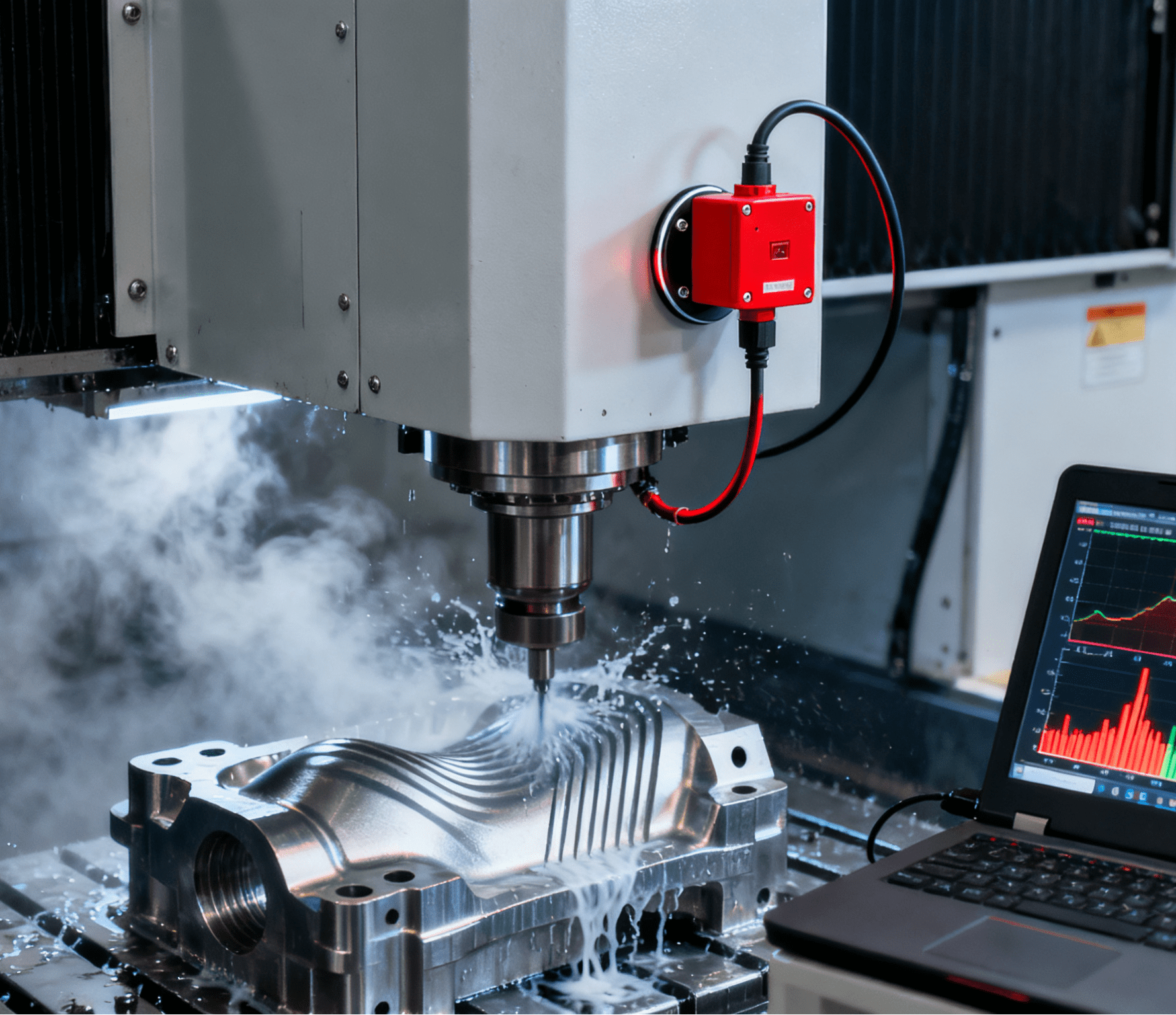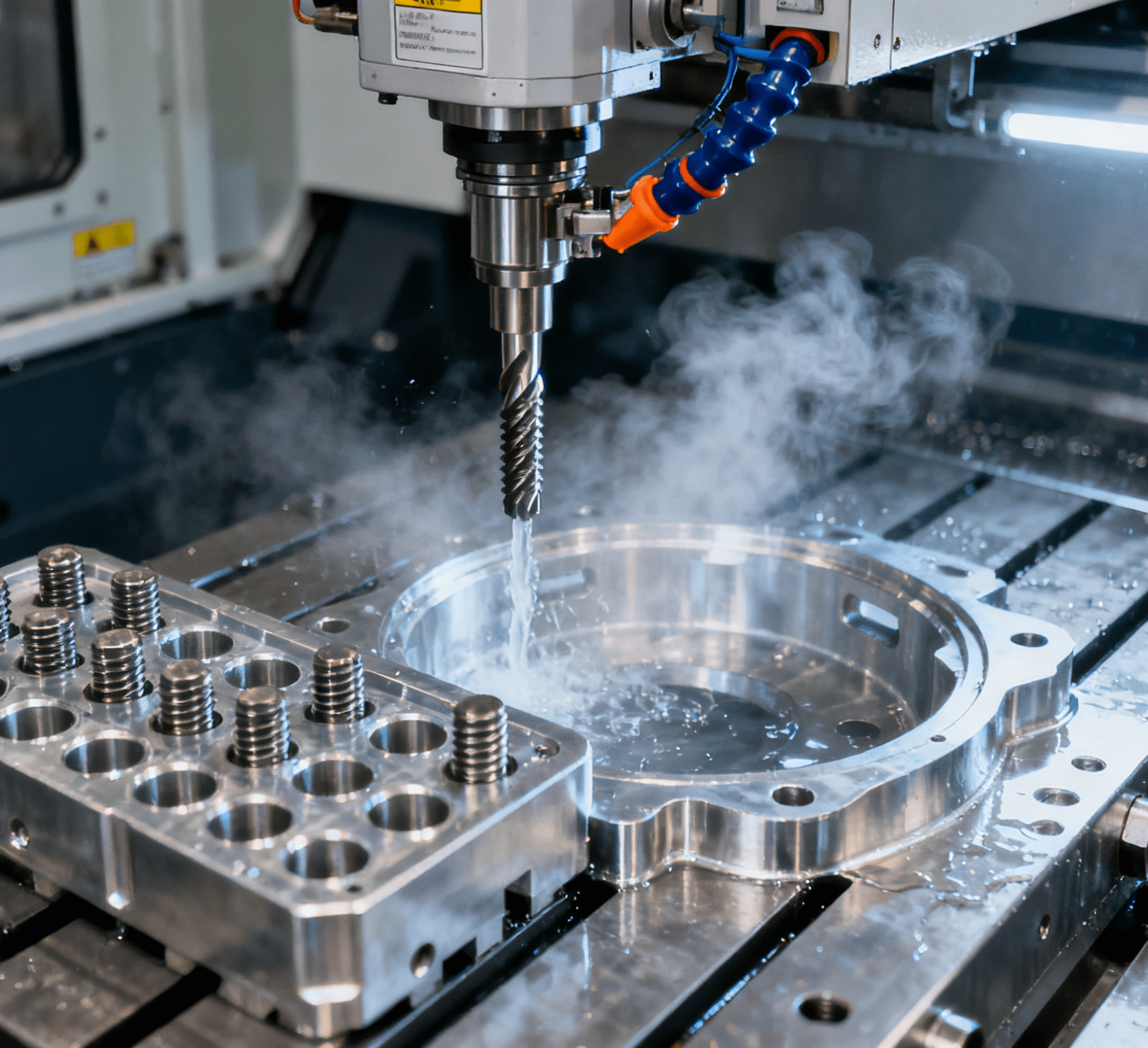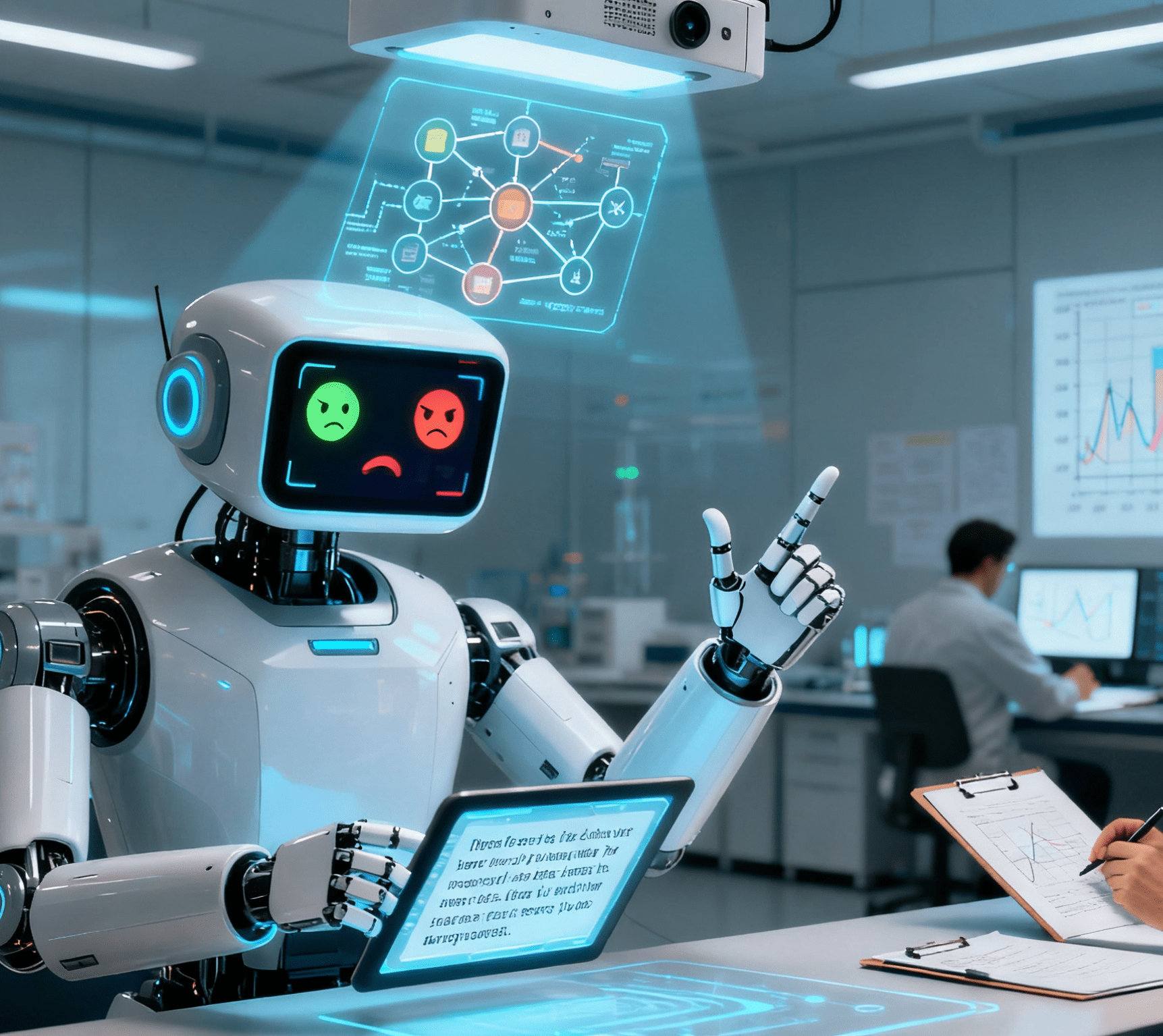Table of Contents
Toggle4-Axis Robotic Automatic Film Laminating System: Elevating Precision and Efficiency in Surface Protection

In an era where product aesthetics, durability, and functionality rely on flawless surface treatments, traditional film laminating methods—manual alignment, fixed fixtures, and slow changeovers—fall short of modern manufacturing demands. The 4-Axis Robotic Automatic Film Laminating System emerges as a transformative solution, integrating the dexterity of 4-axis robotics with intelligent automation to achieve unparalleled precision in applying films to flat, curved, and complex surfaces. Designed for industries ranging from consumer electronics to automotive and aerospace, this system eliminates human error, accelerates production, and ensures consistent quality across millions of units, redefining the standard for surface protection.
The Core Architecture: Where Robotic Precision Meets Adaptive Intelligence
A state-of-the-art laminating system combines mechanical versatility with advanced sensing to tackle the complexities of film application:
1. 4-Axis Robotic Arm: Flexibility for Diverse Surfaces
The system’s mechanical backbone is a 4-axis SCARA (Selective Compliance Assembly Robot Arm) or Cartesian robot, offering:
- Planar Dexterity: Precise movement along X, Y, Z axes and rotational (θ) control enables seamless laminating on flat panels (e.g., 100mm smartphone screens) and curved surfaces (e.g., 300mm automotive dashboards), with repeatable positioning accuracy of ±0.05mm.
- Compliant Pressure Control: Force-torque sensors adjust lamination pressure (5–50N) in real time, ensuring uniform adhesion without damaging delicate substrates like OLED displays or matte-finish plastics.
- Rapid Tool Changeover: Magnetic adapters allow swapping between vacuum suction cups (for rigid films) and soft roller heads (for stretchable materials) in <10 seconds, supporting 20+ film types (PET, OCA, AR coatings) without manual retooling.
2. Vision-Guided Alignment: Correcting for Real-World Variability
A high-resolution 2D/3D vision system (10μm pixel accuracy) paired with AI algorithms solves the challenge of part misalignment:
- Real-Time Part Localization: Identifies components shifted by up to 2mm on conveyors, using machine learning to recognize edges, fiducial marks, or surface textures with 99.9% accuracy—critical for aligning 0.3mm-thick OCA optical films on smartphone cameras.
- Dynamic Path Adjustment: Mid-lamination, the system corrects for thermal expansion (common in plastic substrates) or conveyor vibrations, ensuring film edges align within ±0.1mm of the target—essential for water-resistant seals in wearable devices.
- Pre-Lamination Inspection: Scans for surface contaminants (dust, fingerprints) or substrate defects (warped edges) that could cause bubbles or delamination, reducing rework rates by 80%.
3. Intelligent Software: Orchestrating Seamless Workflows
User-friendly software platforms and advanced algorithms streamline operations from setup to execution:
- No-Code Programming: Engineers define lamination paths by importing 3D CAD models or teaching points via a touchscreen, reducing new product setup time from 2 hours to 15 minutes.
- AI-Optimized Lamination Parameters: Machine learning analyzes 10,000+ cycles to refine speed, pressure, and film tension for different materials (viscosity 1–100 cP), minimizing air bubbles and edge curling by 90%.
- IoT-Enabled Process Monitoring: Real-time data (lamination speed, film roll usage, defect rates) flows to cloud dashboards, enabling predictive maintenance (e.g., alerting when a roller is misaligned) and proactive quality control.
Applications: Precision Lamination Across Industries
1. Consumer Electronics: Perfecting the Final Touch
In a smartphone factory producing 50,000 units daily:
- The system laminates 0.1mm-thick tempered glass protectors onto 6.7-inch OLED screens, using vision to align the film with the phone’s curved edges (2.5D design) and force control to eliminate micro-bubbles—a process critical for achieving 9H hardness and scratch resistance.
- For laptops, 4-axis robots apply anti-glare films to 15.6-inch matte displays, adapting to slight panel warpage (±0.3mm) with compliant rollers, ensuring uniform light diffusion and viewing angles.
Case Study: A leading electronics brand reduced lamination defects from 5% to 0.3% and accelerated production line changeovers from 1 hour to 20 minutes, enabling them to launch 15+ new device models annually with zero retooling costs.
2. Automotive Manufacturing: Durability in Harsh Environments
In a factory assembling 10,000 automotive interiors monthly:
- Vision-guided robots apply 2mm-thick protective films to dashboard surfaces with complex contours (e.g., circular air vents, angled control panels), using 3D point cloud mapping to ensure full coverage and edge adhesion that withstands -40°C to 85°C temperature fluctuations.
- For electric vehicle battery packs, the system laminates thermal 绝缘 films onto 1m² aluminum casings, with pressure control ensuring 95% surface contact for optimal heat dissipation—critical for battery safety and lifespan.
3. Aerospace & Defense: High-Reliability Surface Protection
In an aerospace component facility:
- Sterile-grade robots laminate anti-erosion films onto composite aircraft wing surfaces (10m²), using vision to follow complex aerodynamic curves and maintain a consistent 0.5mm film overlap, ensuring compliance with FAA regulations for extreme weather resistance.
- For military-grade displays, the system applies anti-reflective coatings to 300mm×300mm glass panels with ±0.02mm edge alignment, enabling clear visibility in high-glare environments.
Robotic Laminating vs. Traditional Methods: A Performance Breakthrough
| Metric | 4-Axis Robotic System | Manual/Semi-Automatic Lamination |
| Positioning Accuracy | ±0.05mm (vision-corrected) | ±0.5mm (operator-dependent) |
| Throughput (units/hour) | 300–1,000 (film size-dependent) | 50–200 (fatigue-limited) |
| Changeover Time (new film) | <15 minutes (software-driven) | 1–3 hours (fixture replacement) |
| Defect Rate (bubbles/edge curl) | <0.1% | 3–5% (manual alignment errors) |
| Surface Complexity | Flat, curved, compound angles | Flat surfaces only |
Technological Innovations Shaping the Future
1. Self-Optimizing Lamination Profiles
AI algorithms analyze real-time sensor data (film tension, roller temperature, substrate humidity) to automatically adjust parameters for changing environmental conditions, ensuring consistent quality in 24/7 operations without human intervention.
2. Hybrid Vision Systems
Combining 2D top-down cameras for fast part localization and 3D structured light scanners for height mapping, these systems handle ultra-thin films (5μm) and highly reflective surfaces (e.g., chrome-plated automotive trim) with 99.9% reliability.
3. Sustainable Film Handling
Eco-friendly features include automatic film roll splicing (reducing waste by 20%), energy-efficient servo motors (30% less power consumption), and compatibility with recycled films—aligning with global ESG goals for sustainable manufacturing.
The Business Case: Investing in Precision and Profit
1. ROI Through Quality and Speed
- Labor Cost Reduction: A single system replaces 4–6 manual operators, with a typical payback period of 12–18 months in high-labor-cost regions like North America and Europe.
- Material Savings: Reduced film waste (from 10% to 3% due to precise alignment) and rework costs (saving $10–$50 per defective unit) translate to annual savings of $300K–$1M for mid-sized manufacturers.
2. Agility for Customization Demands
- Mass Customization Ready: Handles batch sizes from 1 (prototype devices) to 100,000+ (mass-market electronics) with zero hardware changes, enabling manufacturers to respond to niche trends (e.g., matte finishes, UV-protective coatings) in days instead of weeks.
- Global Compliance: Built-in traceability software logs every lamination action (timestamp, film batch, part ID), simplifying audits for industry standards like IPC-A-610 (electronics) and IATF 16949 (automotive).
The Future of Surface Protection: Where Automation Meets Perfection
As consumer and industrial demands for flawless, durable surfaces continue to rise, the 4-Axis Robotic Automatic Film Laminating System emerges as an indispensable asset. By merging the precision of 4-axis robotics with the intelligence of vision-guided automation, it transforms laminating from a manual, error-prone process into a model of efficiency and excellence. Whether protecting a smartphone screen, an automotive dashboard, or an aircraft wing, this technology proves that in modern manufacturing, perfection is not just a goal—it’s a repeatable, scalable reality.
#4 Axis Robotic Film Laminating #Precision Film Lamination #Automated Laminating System




















